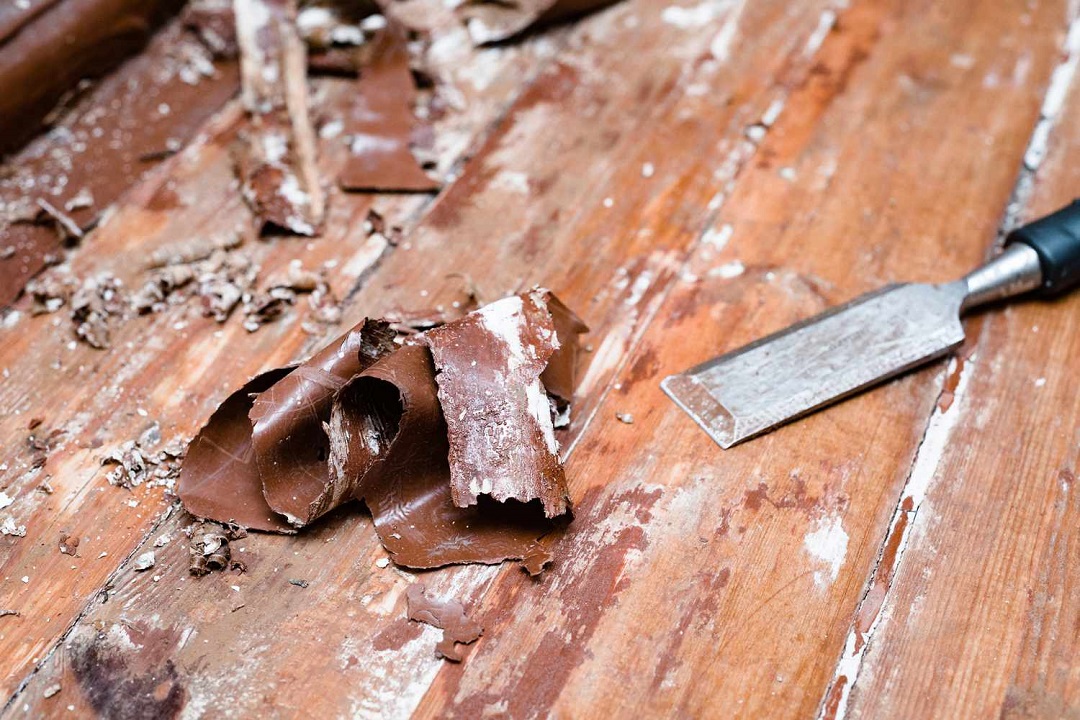Does your living space feel more like an obstacle course than a haven? Do you spend precious time searching for lost items buried under mountains of clutter? If so, you’re not alone. Clutter is a common challenge, but it doesn’t have to be a permanent fixture in your life.
This article explores effective decluttering and organization strategies to transform your living space into a haven of efficiency and tranquility. Discover practical methods for identifying clutter culprits, implementing a decluttering process, and creating organizational systems that work for you. Learn valuable tips for maximizing storage space, minimizing clutter creep, and maintaining a clutter-free environment for the long haul.
Important Note: Decluttering can be an emotional journey. Be patient with yourself and celebrate your progress, no matter how small.
Understanding the Clutter Challenge: Why We Accumulate and How to Let Go
Before diving into decluttering techniques, let’s explore the psychology behind clutter accumulation:
-
Emotional Attachment: We often hold onto items due to sentimental value, even if they no longer serve a purpose.
-
Fear of Missing Out: The fear of needing something someday can lead to us keeping items “just in case.”
-
Decision Fatigue: The constant decision of what to keep and discard can be mentally draining, leading to clutter pile-up.
-
Lack of Storage Solutions: Without designated storage spaces, clutter can easily accumulate and become overwhelming.
Remember: Letting go of possessions doesn’t diminish memories. Focus on keeping items that truly spark joy and purpose.
Decluttering Strategies: Taking Back Control of Your Space
Here are some practical steps to guide your decluttering journey:
-
Start Small and Set Realistic Goals: Don’t overwhelm yourself by tackling your entire home at once. Choose a manageable area, like a drawer or shelf, and set realistic goals for what you want to achieve.
-
The KonMari Method: Popularized by Marie Kondo, this method encourages keeping items that “spark joy.” Hold each item and ask yourself if it brings you joy. If not, thank it for its service and discard it.
-
The One-Touch Rule: When handling an item, decide its fate immediately. Discard, keep, or designate a place for it. Avoid the “maybe” pile, which often ends up back in the clutter zone.
-
Categorize and Conquer: Sort your belongings into categories like clothes, books, or electronics. This makes it easier to assess what you truly need and discard duplicates.
Remember: Consistency is key. Schedule regular decluttering sessions to prevent clutter from accumulating again.
Organizational Systems: Making Space Work for You
Once you’ve decluttered, it’s crucial to create organizational systems that prevent clutter from creeping back in. Here are some tips:
-
Utilize Storage Solutions: Invest in storage containers, shelves, cabinets, and organizers to create designated spaces for everything. Utilize vertical space with wall-mounted shelves and utilize under-bed storage for out-of-season items.
-
Label Everything: Clearly label shelves, drawers, and containers to make it easy to locate items and maintain organization.
-
Embrace Multi-Functional Furniture: Opt for furniture that serves multiple purposes, like ottomans with storage compartments or beds with built-in drawers.
-
The “Everything in Its Place” Rule: Develop a habit of returning items to their designated spots after use. This prevents clutter from accumulating and keeps your space organized.
Remember: Choose organizational systems that fit your lifestyle and preferences. A system that works for someone else might not work for you.
Lifestyle Habits for a Clutter-Free Future
Decluttering is just the first step. Here are some lifestyle habits to prevent clutter from accumulating again:
-
The One-In, One-Out Rule: For every new item you bring into your home, discard an old one. This helps maintain a balance and prevents clutter from overflowing.
-
Resist Impulse Purchases: Before buying something new, ask yourself if you truly need it and where you will store it. Consider borrowing or renting items you need infrequently.
-
Embrace Minimalism: Surround yourself with only the items you truly love and use. Less stuff equals less clutter and a more peaceful environment.
-
Regular Maintenance: Schedule regular decluttering sessions, even if it’s just 15 minutes a day, to address clutter before it gets out of control.
Remember: Decluttering is a continuous process. Be patient with yourself and celebrate your progress along the way.
Related: Is Your Roof Ready to Retire? Signs You Might Need a Replacement
Conclusion: Embrace an Organized and Efficient Living Space
By implementing these decluttering and organization strategies, you can transform your living space into a haven of efficiency and tranquility. A clutter-free environment not only reduces stress but also improves productivity, saves time searching for lost items, and allows you to focus on what truly matters. Remember, decluttering is a journey, not a destination. Be patient, celebrate your progress, and enjoy the peace of mind that comes with a well-organized and efficient living space.
Bonus Tip: Decluttering can be a social activity! Consider enlisting the help of friends or family for a decluttering party. The camaraderie and shared goals can make the process more enjoyable and efficient.





